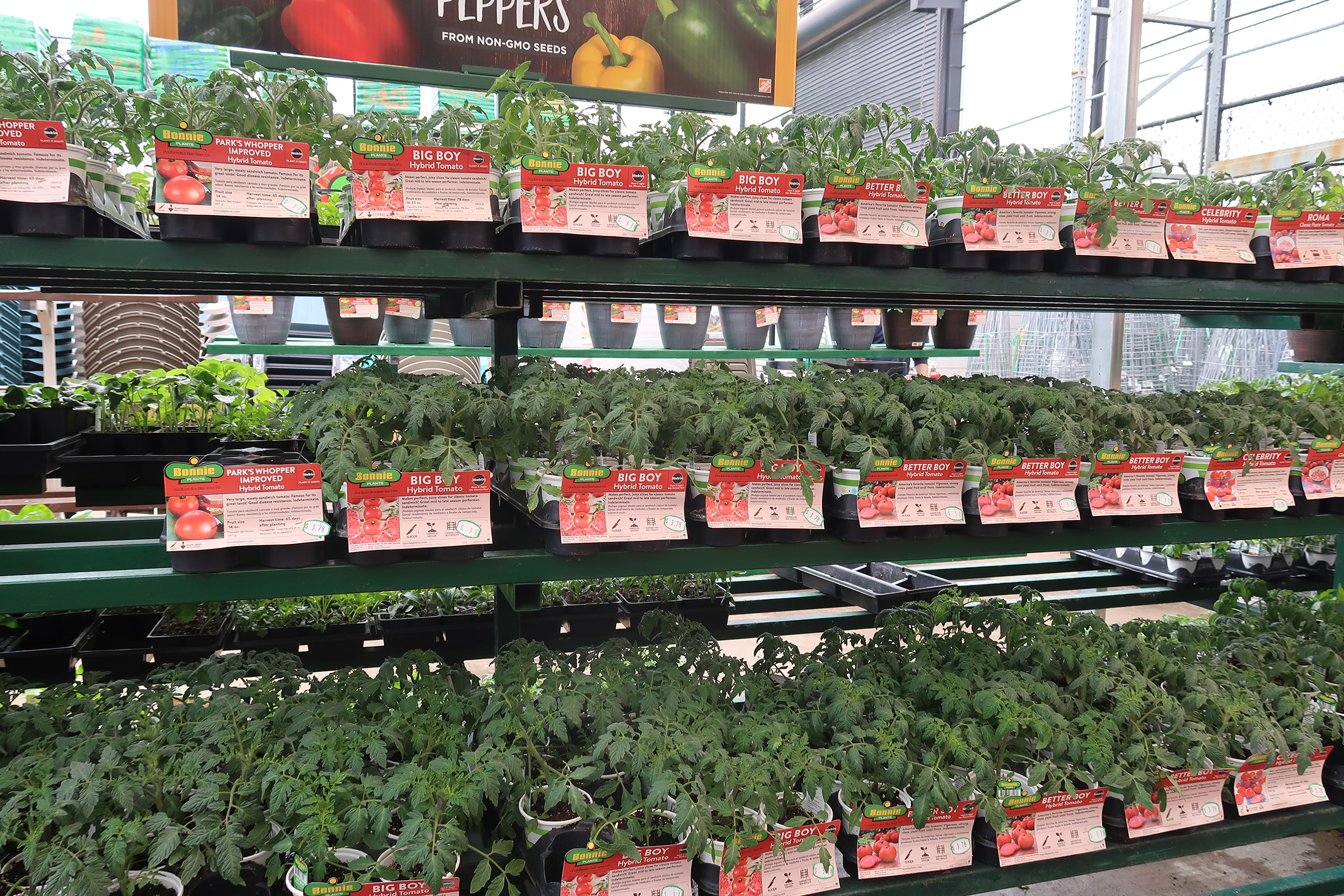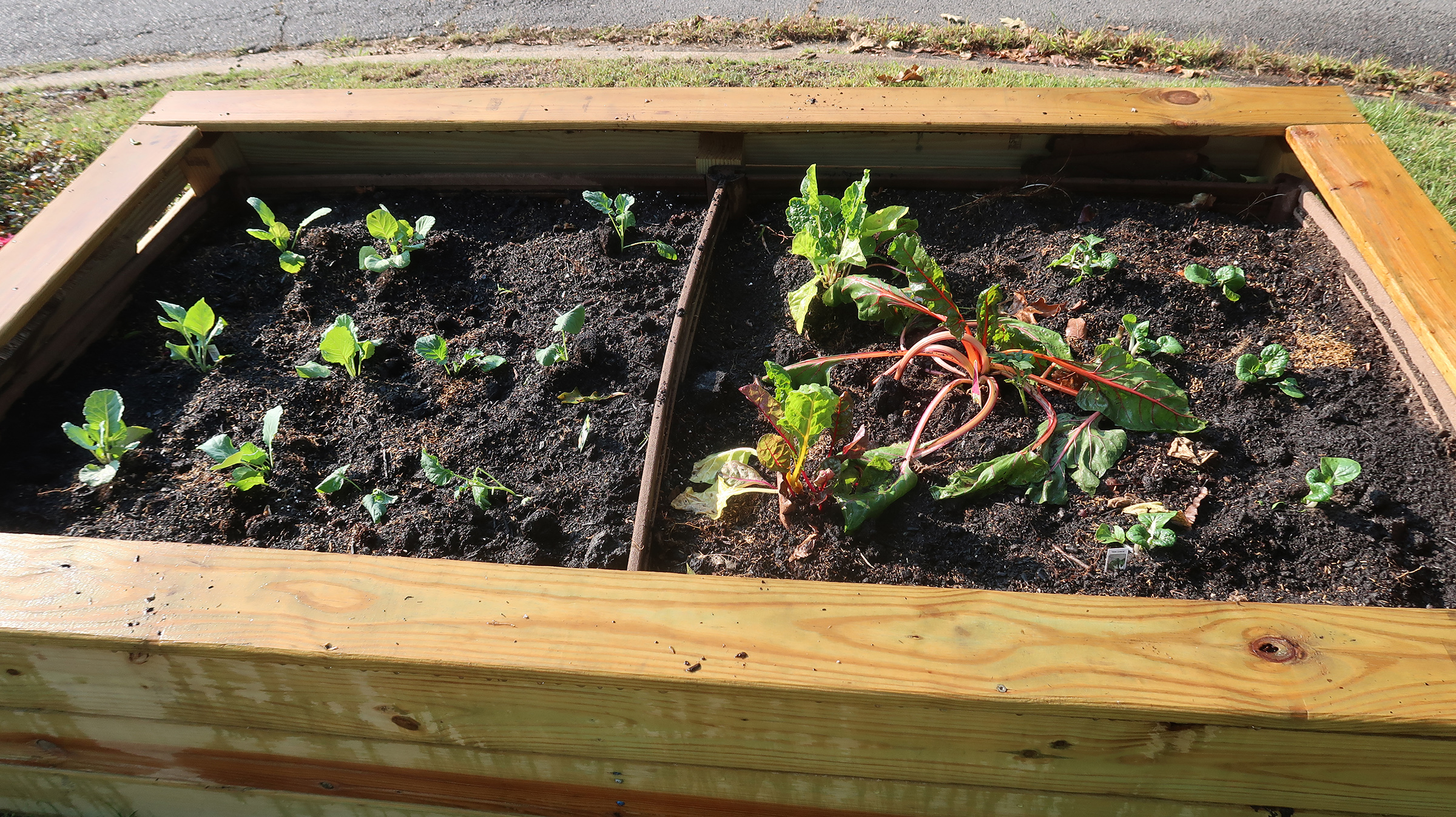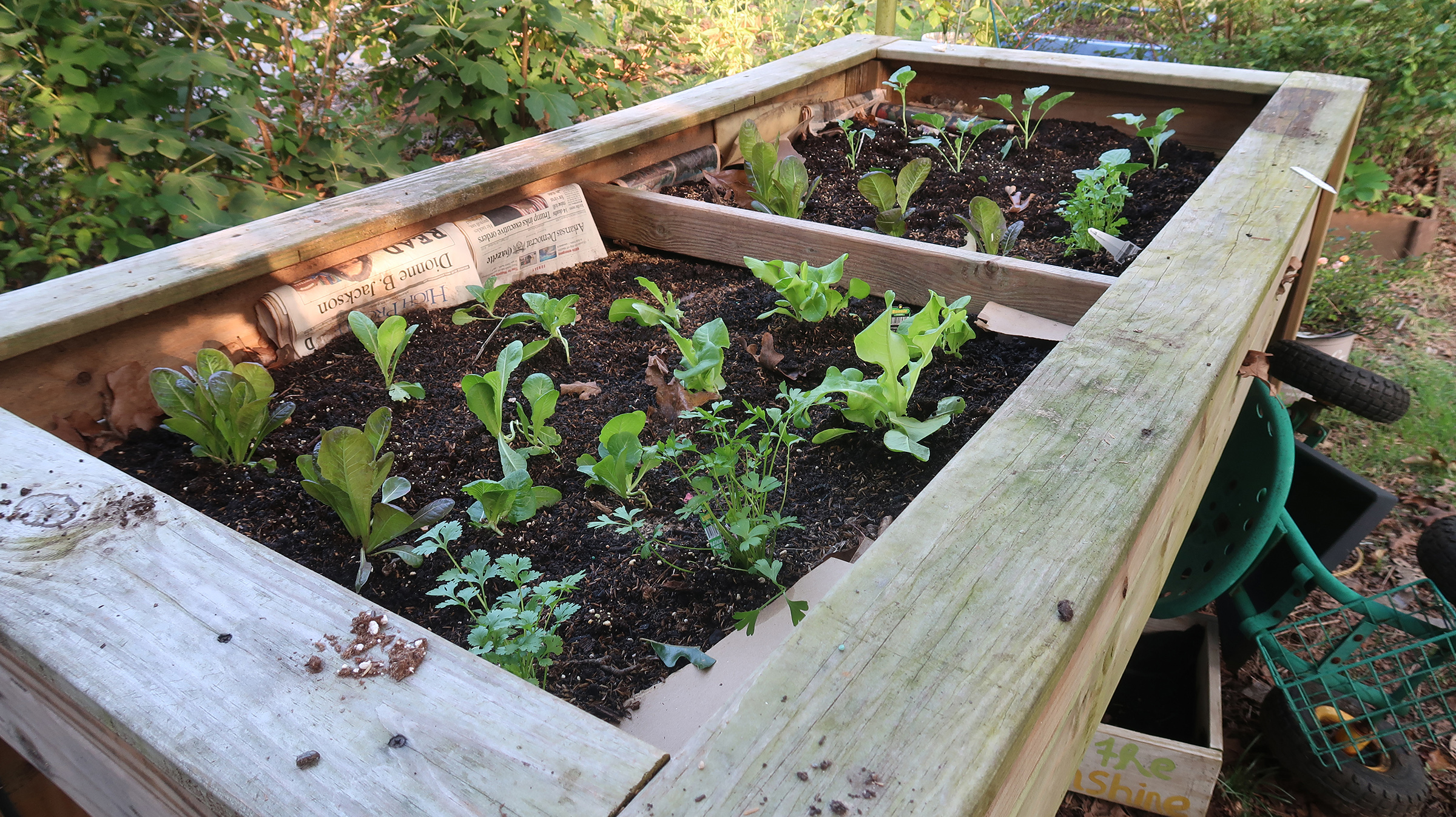I think most gardeners will agree that this has not been their best gardening season to date. The wet spring gave us a bit of a slow start, but what really took a toll were the weeks of hot, humid and dry weather. What vegetables survived are not looking particularly vibrant.
If you still have a decent vegetable garden, continue to fertilize, water and harvest. But if yours has seen better days, now is the time to start transitioning to a fall garden.
While August and September can still give us hot and dry days, recently we did get a bit of a break in the weather, with rain, lower temperatures and lower humidity. You might actually feel like getting outside and gardening again! Replanting now — both summer and winter vegetables — can extend your harvest through fall and into winter.
Almost all summer crops can have a second season. You can plant squash and cucumber seeds, green beans and even okra. If you can find vegetable transplants (small plants), you can replant tomato, pepper and eggplant. The heat took its toll on production of transplants, too, so I haven't seen a lot of options in the nurseries and garden centers yet, but keep looking.
It is too late to get started with long-season plants like watermelon and pumpkins.
Keep in mind that the weather can still be hot and dry. Water is going to be the critical factor for getting these plants established. In warm soil, seeds usually sprout quickly — if they have ample moisture.
 For a second crop of tomatoes, peppers and eggplants, look for transplants; seed-grown sprouts won't have time to produce before a frost kills them. (Special to the Democrat-Gazette/Janet B. Carson)
For a second crop of tomatoes, peppers and eggplants, look for transplants; seed-grown sprouts won't have time to produce before a frost kills them. (Special to the Democrat-Gazette/Janet B. Carson)
Once seeds begin growing, mulching will definitely help. Mulching with newspapers, shredded paper, shredded leaves or rice hulls will help to conserve moisture and keep weeds at bay.
Rainfall has been spotty, so don't rely solely on natural moisture or you won't have any fall vegetables.
In addition to replanting warm-season vegetables, this is also the time to start planting the cool-season crops.
Carrots, turnips, mustard, spinach, radish, beets, Swiss chard, lettuce and kale can all be seeded starting in mid-August. You can plant their seeds through early to mid-September and even later if you plan to use season extenders like high tunnels or other winter protection.
Just as with tomatoes, peppers and eggplant, you need to start with transplants (small plants) for broccoli, cauliflower, brussels sprouts and cabbage, so planting times will depend on when those plants arrive at the local nurseries or garden centers.
We use transplants because these vegetables take at least six weeks to progress from seeds to young plants. You wouldn't have enough time to grow these plants from seeds before the weather becomes too cold to support production.
 Work a light amount of fertilizer into soil before replanting in the fall and don't slack off watering. (Special to the Democrat-Gazette/Janet B. Carson)
Work a light amount of fertilizer into soil before replanting in the fall and don't slack off watering. (Special to the Democrat-Gazette/Janet B. Carson)
FERTILIZER
When planting your fall garden, don't forget to add a general, complete fertilizer and work it into the soil. This late in the season, with hot and dry conditions, you want to use a lighter rate of application so the fertilizer won't burn plants. You can always add more later once the plants are established, to make up for the lower rate.
Water, mulch and monitor for problems.
WEEDS
One thing that hasn't been reduced by the hot weather is weeds. Try to get your garden as clean as possible before replanting. Mulching will help to keep weeds out, but even with the best of mulches, some weeds will encroach.
Use a hoe — not a tiller — to keep the weeds down, or hand-pull them. Tilling the soil for weed control actually brings more weed seeds to the surface, giving you even more problems.
PLANT IN STAGES
If you want to extend your growing season, consider staggering your plantings. Read your seed packets. They have a wealth of information, from seeding rates, depth of planting and how long it takes from seeding to harvesting, along with other helpful hints.
The fastest return comes with radishes and leaf lettuces. Radishes can be harvested within 25-30 days of seeding. Leaf lettuces typically take 45-50 days, and soft head lettuces like Bibb and buttercrunch take up to 65 days. Planting a small row of these quick vegetables every other week from late August until mid-September will extend your harvest season.
 Cool-season plants like lettuce and cilantro sprout and grow rapidly when planted in August and September, but they must be faithfully watered. (Special to the Democrat-Gazette/Janet B. Carson)
Cool-season plants like lettuce and cilantro sprout and grow rapidly when planted in August and September, but they must be faithfully watered. (Special to the Democrat-Gazette/Janet B. Carson)
MAKE IT LAST
The fall/winter vegetable season can last until a really hard freeze, or you can garden year-round using season extenders — row covers, high tunnels or other protective coverings.
If you do garden year-round, make the most of the space you have. As plants play out in the garden, replant with something else. Try to rotate crops so you aren't planting the same thing in the same spot. Plant the same thing in the same place and diseases attack even faster.
If the season has already taken a toll on you, consider planting a "green manure" crop to improve the soil and prevent weeds from taking over in the bare soil. Green manure crops include buckwheat, ryegrass and even mustard greens.
If you still have the energy, now is a great time to start gardening again. Fall vegetable gardens can be challenging, since diseases, insects and weeds have had all season to build their populations. Starting a fall garden is not as easy as starting a spring garden, and it does take a little extra effort, but many of the cool-season vegetables actually taste better when they are harvested in cool weather.
Janet Carson's blog is at arkansasonline.com/panitjanet.
